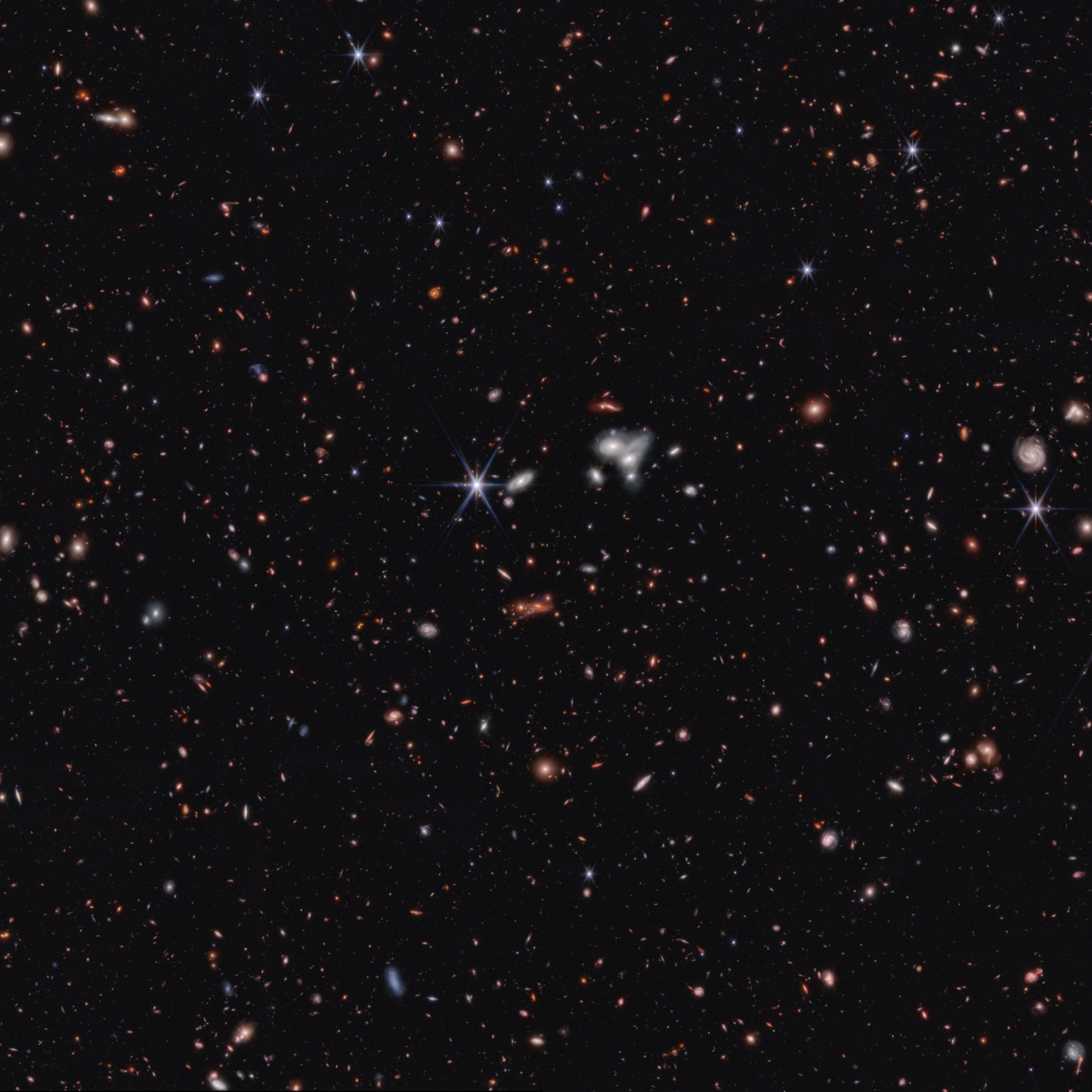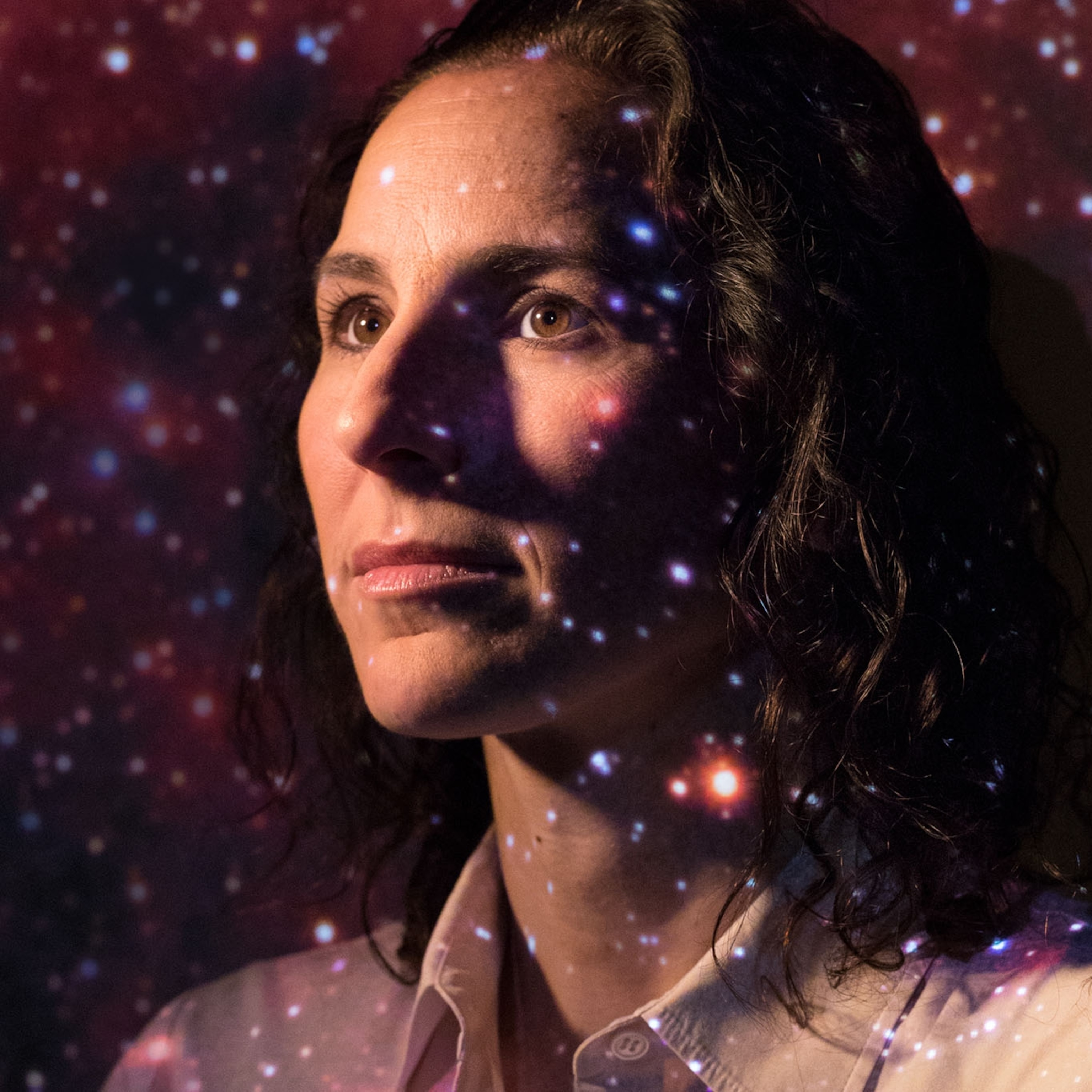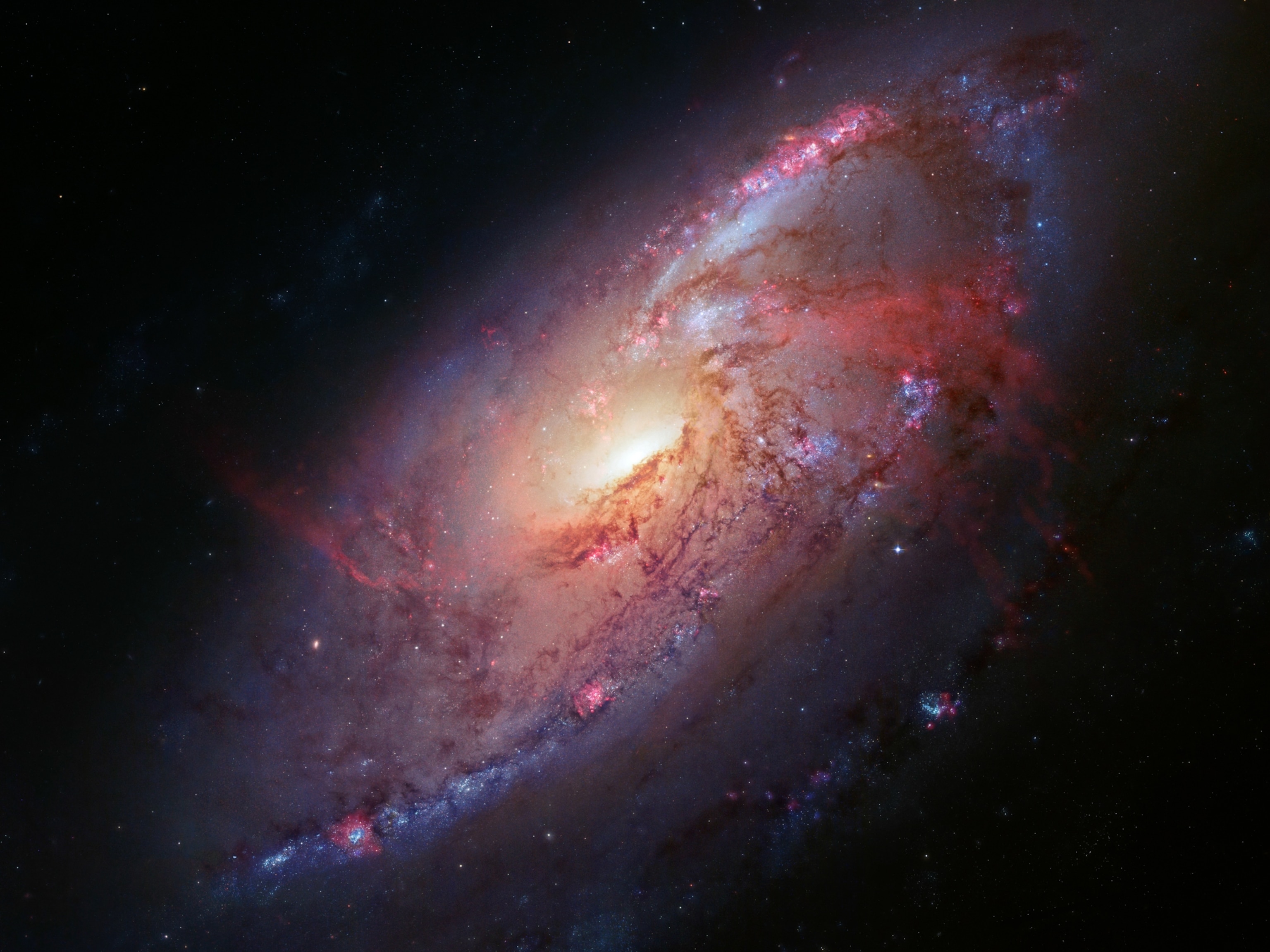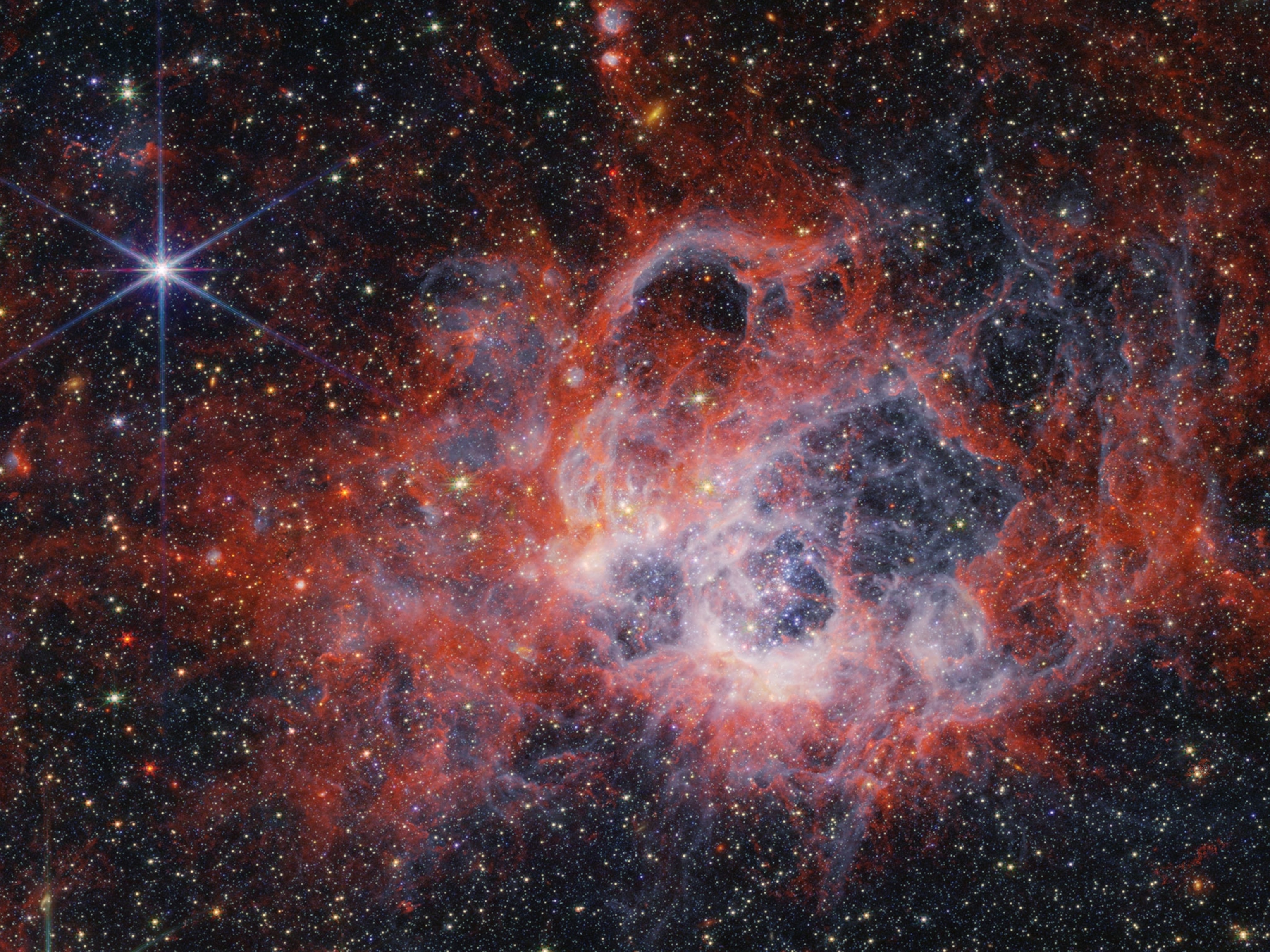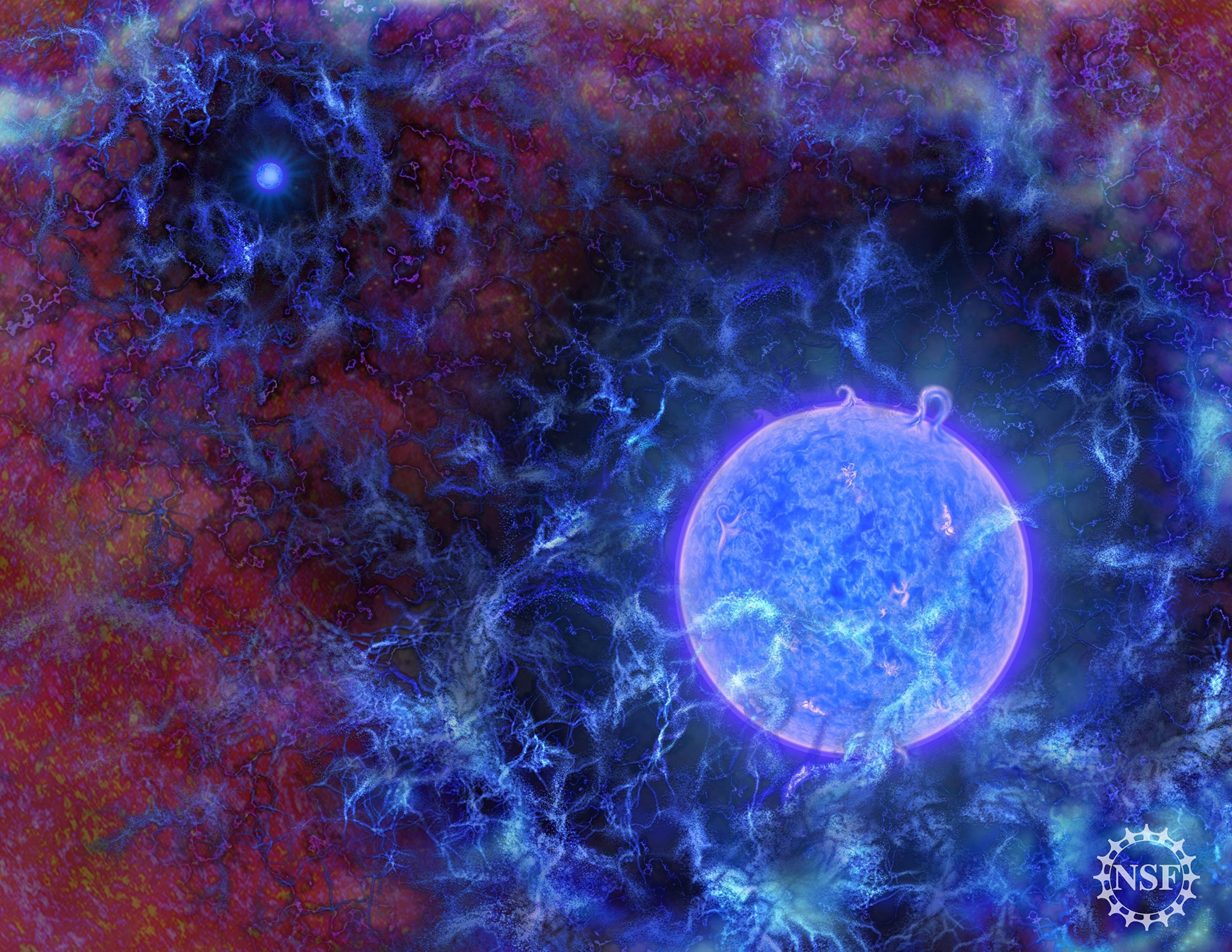
Universe's First Stars Detected? Get the Facts.
Painstaking new work suggests that the burning balls of gas started forming about 180 million years after the cosmos burst into being.
Stars are our constant companions in the night sky, but seas of twinkling lights weren’t always a feature of the cosmos. Now, scientists peering back into deep time suggest that the earliest stars didn’t turn on until about 180 million years after the big bang, when the universe as we know it exploded into existence.
For decades, teams of scientists have been chasing—in fact, racing—to detect the signatures of these first stars. The new detection, from a project called EDGES, is in the form of a radio signal triggered when light from those stars began interacting with the hydrogen gas that filled primordial empty space.
If the signal stands up to scrutiny, the detection simultaneously opens up a new line of cosmological inquiry and offers a few conundrums to tackle.
“The era of cosmic dawn has been entirely uncharted territory until now,” says physicist Cynthia Chiang of the University of KwaZulu-Natal in South Africa. “It's extremely exciting to see a new glimpse of this slice of the universe's history, and the EDGES detection is the initial step toward understanding the nature of the first stars in more detail.”
Cosmic Dawn
Shortly after the universe was born, it was plunged into darkness. The first stars turned on when hot gas coalesced around clumps of dark matter, then contracted and became dense enough to ignite the nuclear hearts of infant suns.
As those early stars began breathing ultraviolet light into the cosmos, their photons mingled with primordial hydrogen gas, causing it to absorb background radiation and become translucent. When that happened, those hydrogen atoms produced radio waves that traveled through space at a predictable frequency, which astronomers can still observe today with radio telescopes.
The same process is going on in modern stars as they continue to send light into the cosmos. But the radio waves produced by those first stellar gasps have been traveling through space for so long that they’ve been stretched, or redshifted. That’s how astronomers identified the fingerprints of the earliest stars in radio waves detected by a small antenna in western Australia.

“The first indication of the signal emerged within weeks of turning on the instrument in 2015,” says Judd Bowman of Arizona State University, a coauthor of the study presenting the results in Nature. “At first we assumed it was a problem with the instrument, because it was larger than anything we expected.”
Bowman and his team spent the last two years working to rule out any possible errors that might mimic a signal from the end of the cosmic dark ages.
“As we progressed through dozens of tests, we gained confidence that it is really a signal from the sky,” he says. “But it is important for another team with a different instrument to confirm the detection.”
Chiang, who is on one of the other teams searching for the same signal, agrees: “They rightfully suggest that the next step is to confirm the measurement with other experiments,” she says.
“This type of measurement is incredibly difficult because of the extreme sensitivity to systematic errors, and the EDGES team has done an impressive and thorough job at investigating low-level instrumental effects.”
From Light to Dark
If the signal is real, it presents a challenge for some scientists who’ve been thinking about how the early universe worked. For starters, the time frame during which these earliest stars emerged lines up well with some theories, but it’s not exactly bang on with others.
“It’s very weird in a variety of ways,” says UCLA’s Steven Furlanetto, who studies how galaxies form and produce stars. “That may be an indication of exotic physics, which would be extremely exciting to a whole lot of people.” For instance, it’s possible the detection is a sign of galaxies behaving in unpredicted ways.
In previous work, Furlanetto and his colleagues started with actual observations of the earliest known galaxies, and then rewound the cosmic clock using computer models, searching for the age at which a signal from the first stars might appear. The universe’s first galaxies are thought to be small, fragile, and not that great at birthing stars, so Furlanetto wouldn’t expect the signal to peak until about 325 million years after the big bang.
But if the first stars had already furnished enough light to make their presence known 180 million years after the big bang, those early galaxies must be doing something different.
“The simplest explanation would be that at early times, these very small things are able to form stars more efficiently than they do at other times,” he says. “This is pretty dramatically different in terms of our physical understanding of galaxies.”
As well, the primordial hydrogen gas is absorbing photons at rates that are at least two times higher than predicted. That’s problematic for some ideas about the temperature of the early universe. It means that either the primordial gas was colder than expected, or background radiation was hotter.
Intriguingly, a second paper appearing today in Nature suggests that interactions with dark matter are one way to cool the gas to a temperature where it could absorb more photons.
Dark matter makes up the bulk of the universe’s mass, but it doesn’t behave like normal matter and has proven tricky to understand. It regularly evades direct detection, and scientists are struggling to pin down, what, exactly it is and how it has influenced the structure of the universe through time.
“It would be extremely exciting if this was a signal of dark matter, and it's not impossible,” says Tracy Slatyer of MIT.
But, she notes, it’s way too early to accept that conclusion. An alternate possibility is that there are simply more photons for the hydrogen gas to absorb, though it’s not obvious where all those photons would come from in the early universe. So she and others are waiting for independent confirmation of the EDGES result before diving too deep into the possible dark matter scenarios.
“I will be more comfortable once we’ve had a chance to try and think about how to fit this into frameworks about how we understand dark matter and galaxies,” Furlanetto says. “Because it is so unusual in comparison to our expectations, I do worry that it is something entirely unrelated. I have no idea what that could be.”

